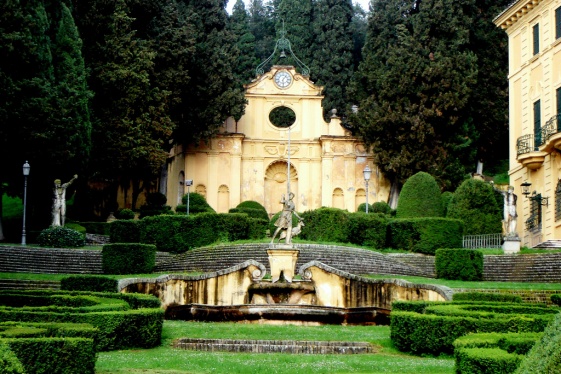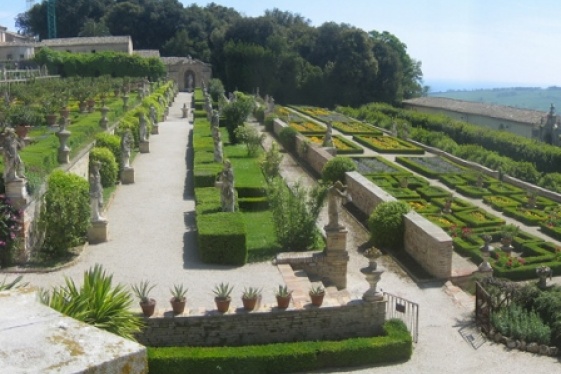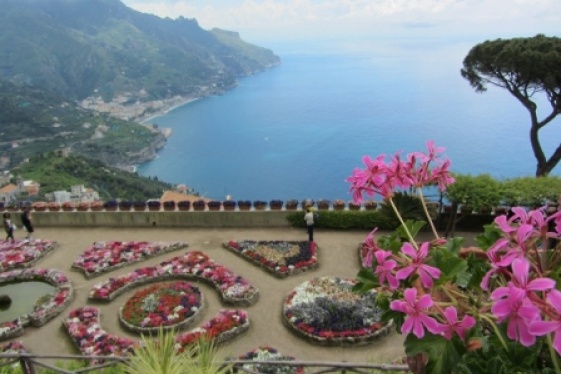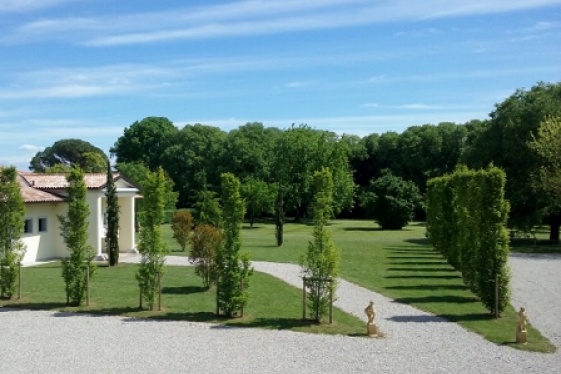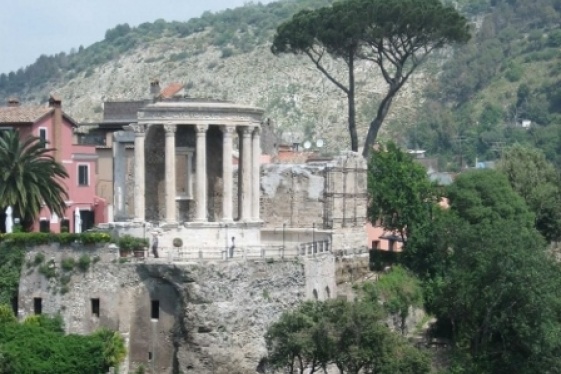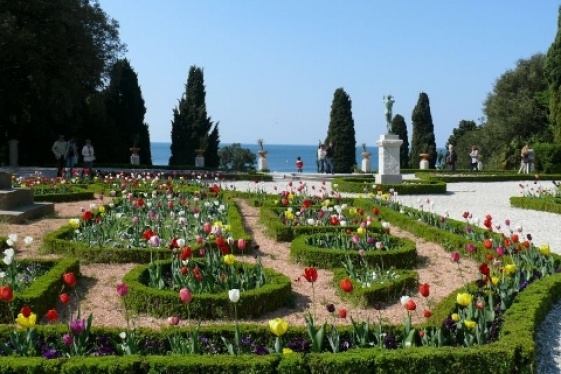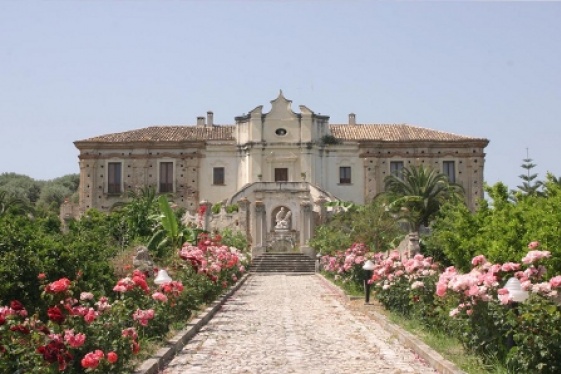Italian gardens: San Girolamo della Cervara Abbey in Portofino
The origin of the Abbey dates back to the summer of 1361, when the first stone for the construction of the new monastery dedicated to St. Jerome was laid. The authors of the project, also the first inhabitants, were the Benedictine monks to which, over the following centuries, it is owed the enormous prestige reached across Europe.
READ MOREItalian gardens: Villa Fidelia, Umbria
The current complex of Villa Fidelia overlooks, in a very scenic location, the road that runs through the Valle Umbra separating it from the first hills rich of historical settlements and prestigious olive crops. The complex was commissioned in the sixteenth century by the Urbani family and was built on the remains of a sanctuary belonging to a set...
READ MOREItalian gardens: Aymerich Park and Castle
WTI Magazine #63 2015 June, 27Author : Italian Botanical Heritage Translation by: The Aymerich Park is an urban park built around the remains of the Aymerich Castle, probably built in 1053. The area covers almost 22 hectares in the municipality of Laconi, in the district called Sarcidano, at the center of Sardinia. The ruins of the c...
READ MOREItalian gardens: Villa Buonaccorsi
WTI Magazine #80 2016 June 17Author : Italian Botanical Heritage Translation by: Villa Buonaccorsi, in the Marche region, the country residence of a noble family, was built in the sixteenth century and is equipped with the main house, the gardens, the stables, a few terraced houses and the small Baroque church of San Filippo. On...
READ MOREItalian gardens: Garden of the Times
WTI Magazine #64 2015 July, 10Author : Italian Botanical Heritage Translation by: The Garden of the Times in Bari is a special place: partly garden, partly botanical garden, partly academic instituion. Cypress trees and carob trees, palms and banana trees, lavender and succulents, together with the oriental style of its furniture, gi...
READ MOREItalian gardens: Villa Rufolo
WTI Magazine #79 2016 May 13Author : Italian Botanical Heritage Translation by: Villa Rufolo is a building in the historic center of Ravello (SA), whose original structure dates back to the thirteenth century, with large nineteenth-century alterations. Eroded by time and neglect, it was partially restored thanks to the valuable assis...
READ MOREItalian gardens: Villa Attems
WTI Magazine #84 2016 October 17Author : Italian Botanical Heritage Translation by: Villa Attems Cernozza de Postcastro is an estate dating back to the '600, which has always belonged to the Counts of Attems. The villa is surrounded by a lovely view overlooking the park, full of a variety of plants, colors and scents.
READ MOREItalian gardens: Villa Gregoriana
WTI Magazine #74 2015 December 11Author : Italian Botanical Heritage Translation by: Villa Gregoriana is named after Pope Gregory XVI, who inaugurated it on October 7, 1835. The park, located in scenic location at the foot of the Roman acropolis of Tivoli, is part of the Italian natural, historical and archaeological heritage, an env...
READ MOREItalian gardens: Miramare Castle, Grignano
WTI Magazine #66 2015 August, 21Author : Italian Botanical Heritage Translation by: The Miramare Castle stretches from the promontory of Grignano, on the Gulf of Trieste. A 22-hectare romantic park frames the castle and then degrade towards the sea. Until 1855 the park area was a barren and fallow land, that the young and romantic Ar...
READ MOREItalian gardens: Villa Caristo, Stignano
WTI Magazine #56 2015 March, 20Author : Italian Botanical Heritage Translation by: John Cabot University Villa Caristo, property of the Caristo family, is an important rural mansion of the XVII century. It represents a prestigious and symbolic example of Baroque art in Calabria, so worthy to be included in the philatelic collection o...
READ MORE



